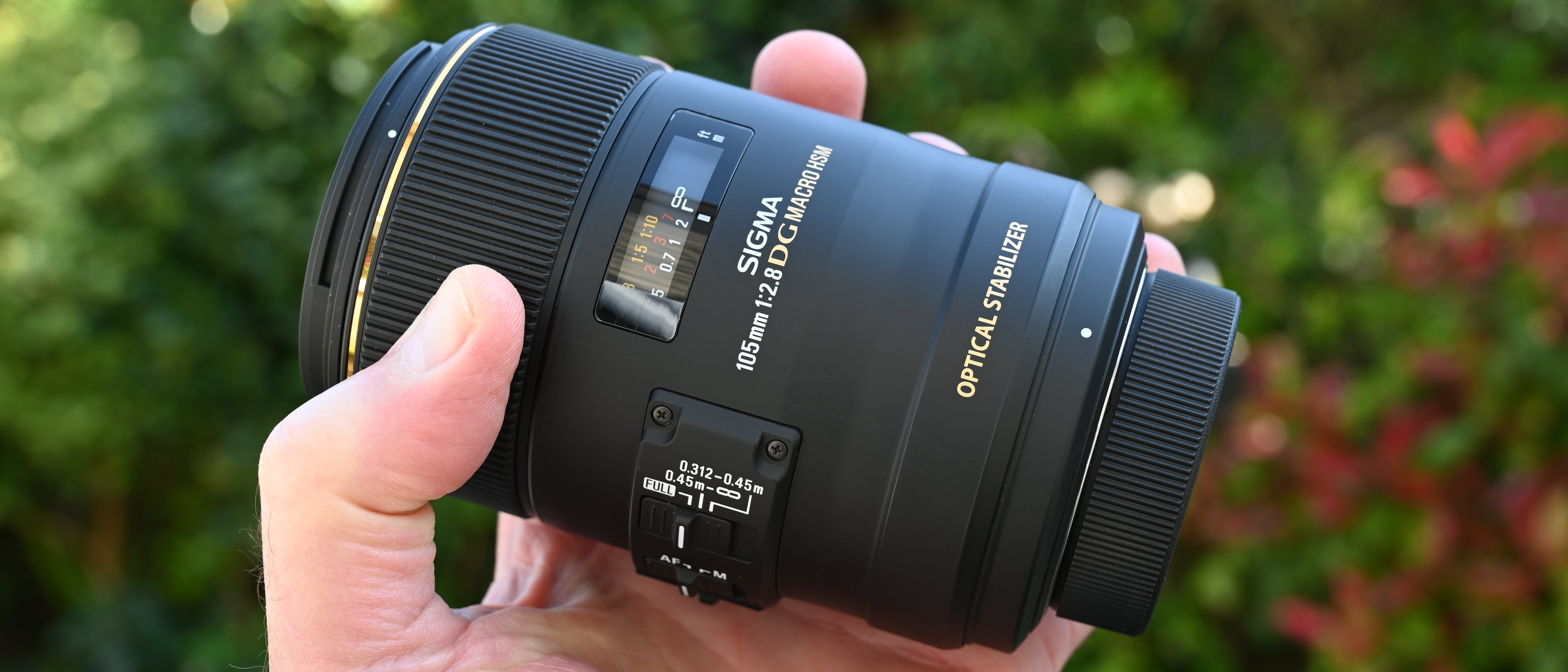LG gives us its first ever OLED computer monitor - expect stunning HDR contrast
OLED screens are set to be the next big - and expensive - thing in the monitor world, just as they've revolutionized TVs
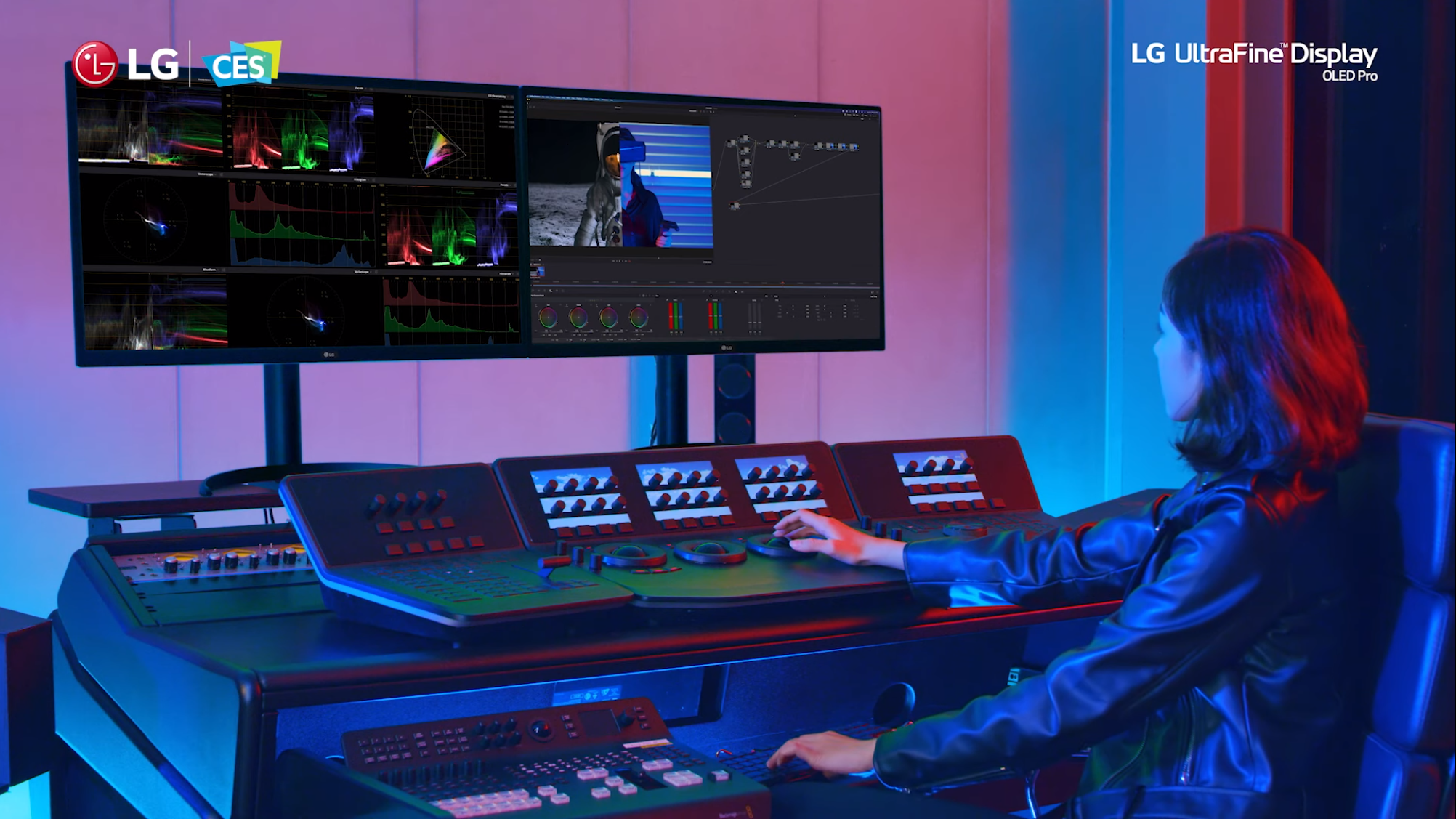
CES 2021: Hot on the heels of Dell's recent announcement of several mouth-watering new color-critical monitors, LG is upping the ante by launching its first-ever OLED desktop monitor.
With LG spearheading the OLED television revolution, it was only a matter of time before the display giant introduced an OLED computer monitor, and that time is now. It's not the first occasion we've seen OLED displays in the computing sector - top-end Razer Blade and Dell XPS laptops (both of which we rate as some of the best laptops for photo editing) can now be specced with OLED screens, but you'll be hard-pressed to find a standalone desktop monitor utilizing OLED tech.
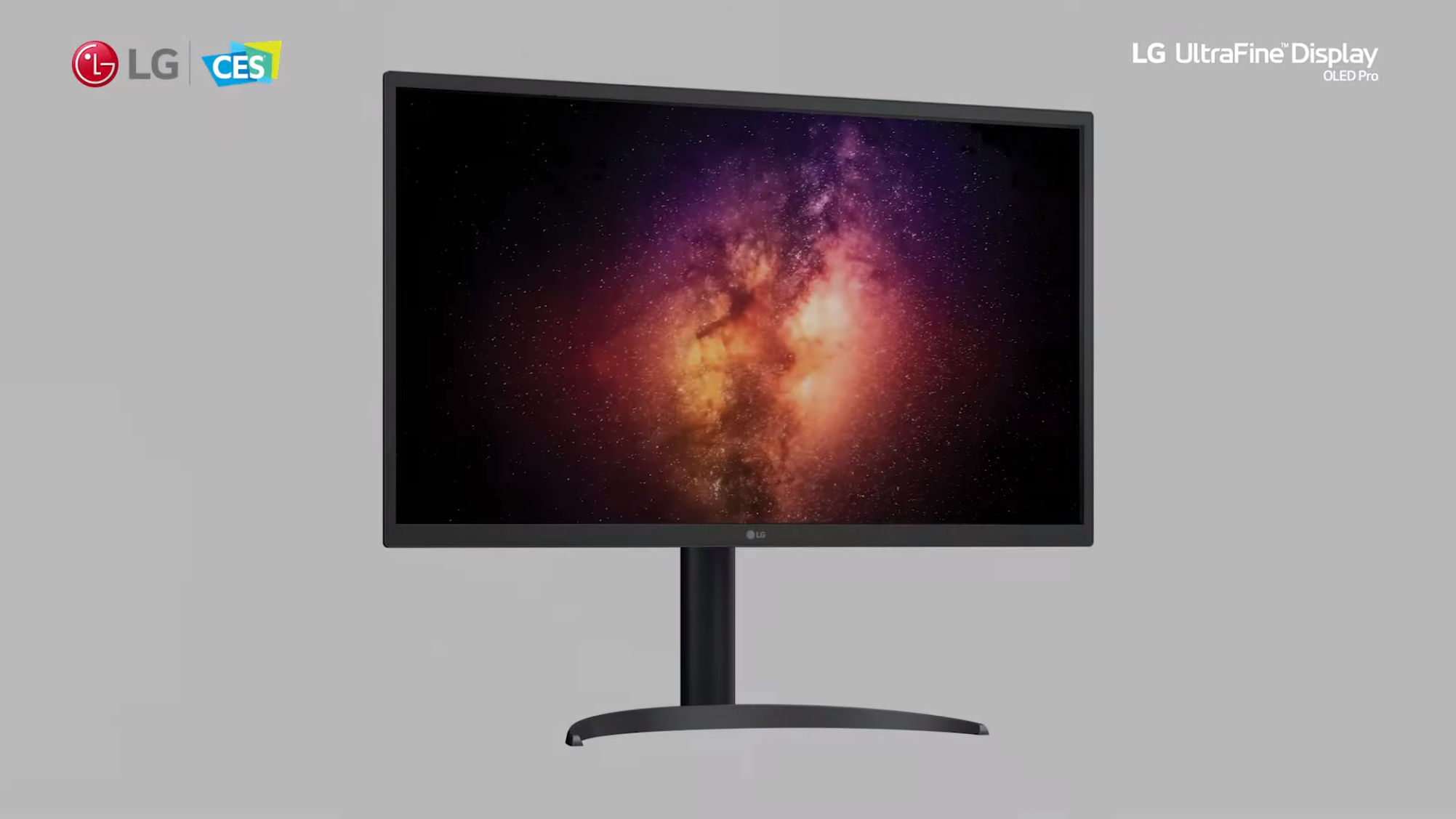
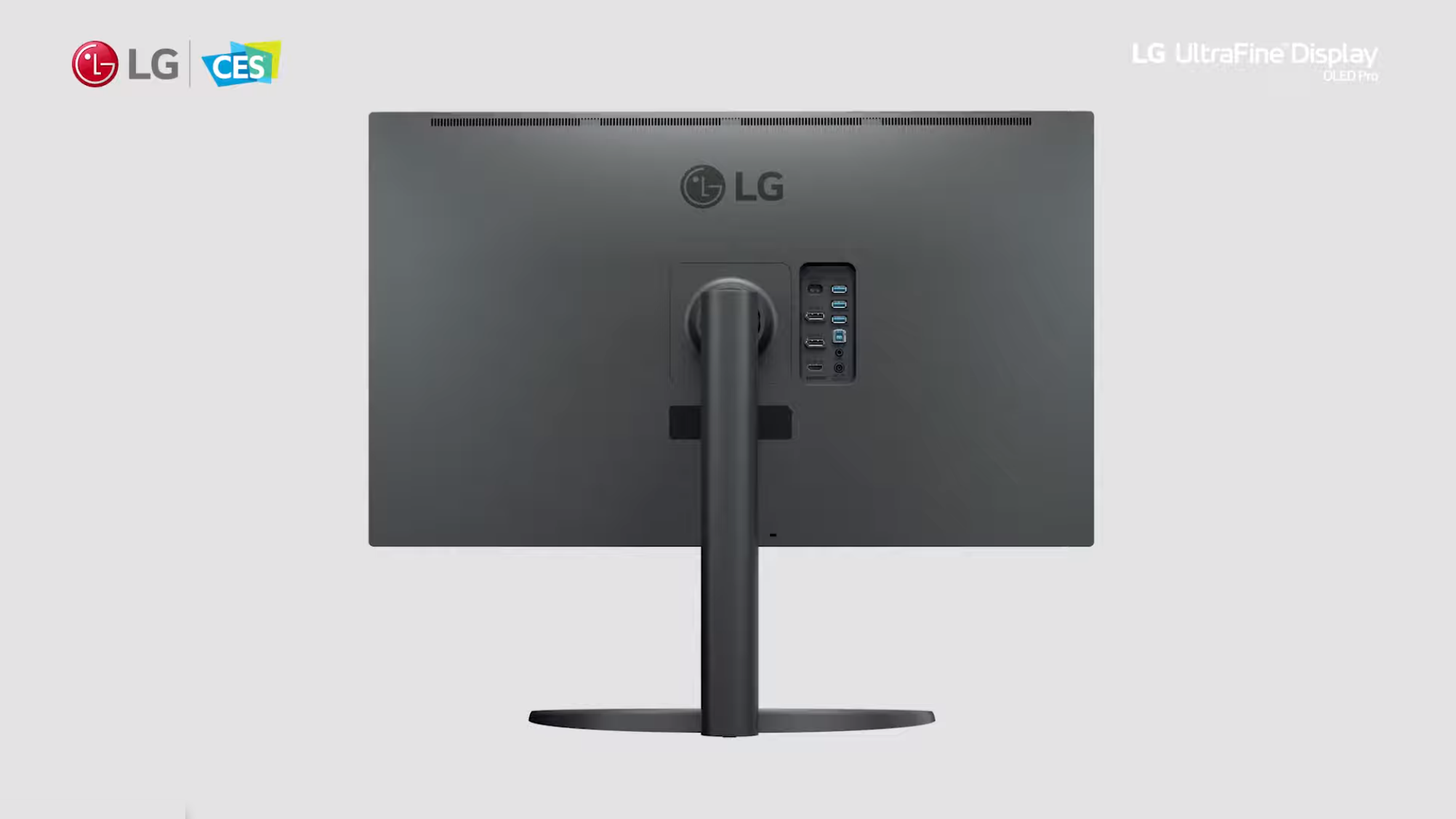
LG is going large on its first OLED desktop monitor - 31.5 inches to be precise, and unsurprisingly this flagship display sports a 4K UHD (3840 x 2160) native resolution. What's more important for creative professionals is the screen's color accuracy and color space coverage. In this respect the OLED Pro excels, with 99% DCI-P3 and 99% Adobe RGB coverage, along with preset color modes for Rec. 709, Rec. 2100 and DCI-P3.
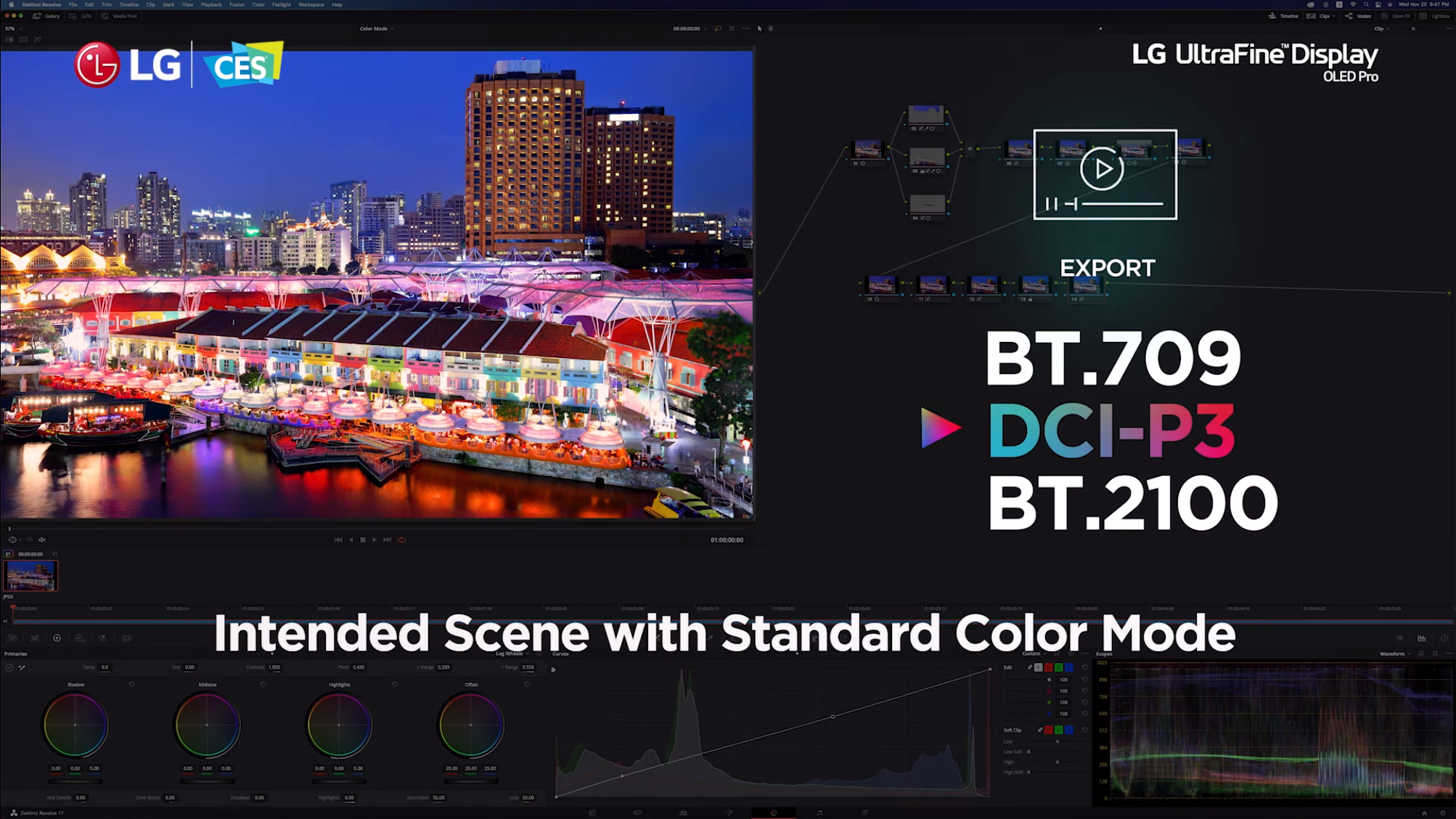
But plenty of conventional LCD monitors boast high color accuracy. Where they can't match OLED is contrast ratio and black depth. LCD monitors require a backlight to shine through each pixel in order to make the display visible. This inevitably give very dark and totally 'black' sections of an image a slight glow. The advantage with OLED is each pixel emits its own light, and can be completely shut down to produce true black. LG quotes a 1 million: 1 contrast ratio, and the benefits for displaying HDR content are clear.
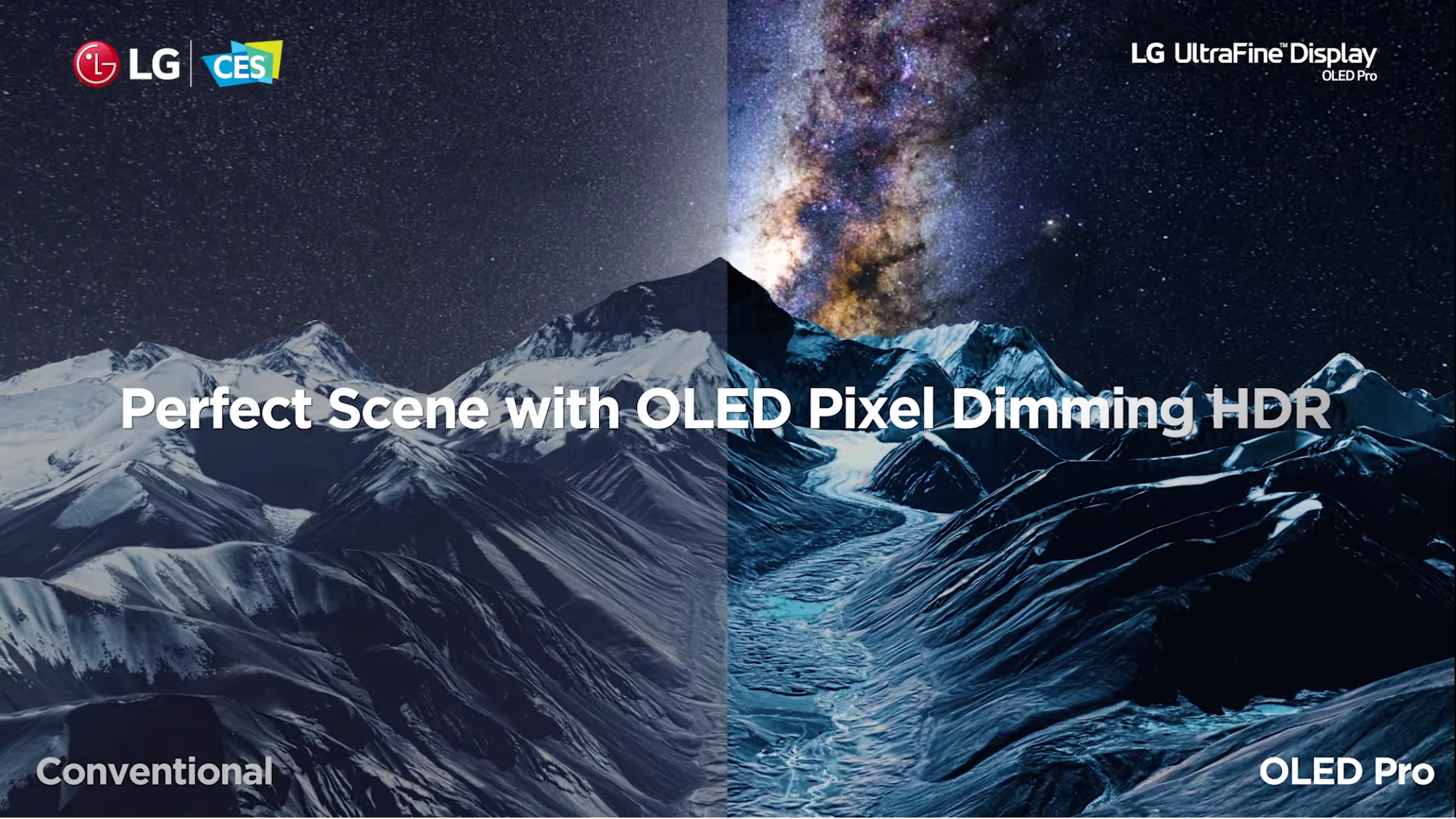
However, these gains are not without potential losses. Historically, OLED displays have been prone to a phenomenon called screen burn. It was an issue for old CRT monitors that displayed a high-contrast image for extended periods, like a task bar or menu interface, as a ghost of such a graphic or text could remain, 'burned in' to the display itself. A very similar issue affects OLED displays, and it's become apparent in phones that use OLED panels - the Google Pixel 2 XL being a notorious past offender.
It's not so much of an issue for televisions, which usually display widely varied video content, but a computer monitor is another story, as it'll display a Windows taskbar or OS X dock most of the time the monitor is in use. Switch to a full-screen video and the danger is that, over time, the ghost of your task bar/dock will remain visible at all times. Of course, we don't know yet whether the UltraFine 32EP950 OLED Pro will be susceptible to screen burn, but given it'll likely be priced at the top end of the monitor market, it's a risk that could potentially cost big bucks.
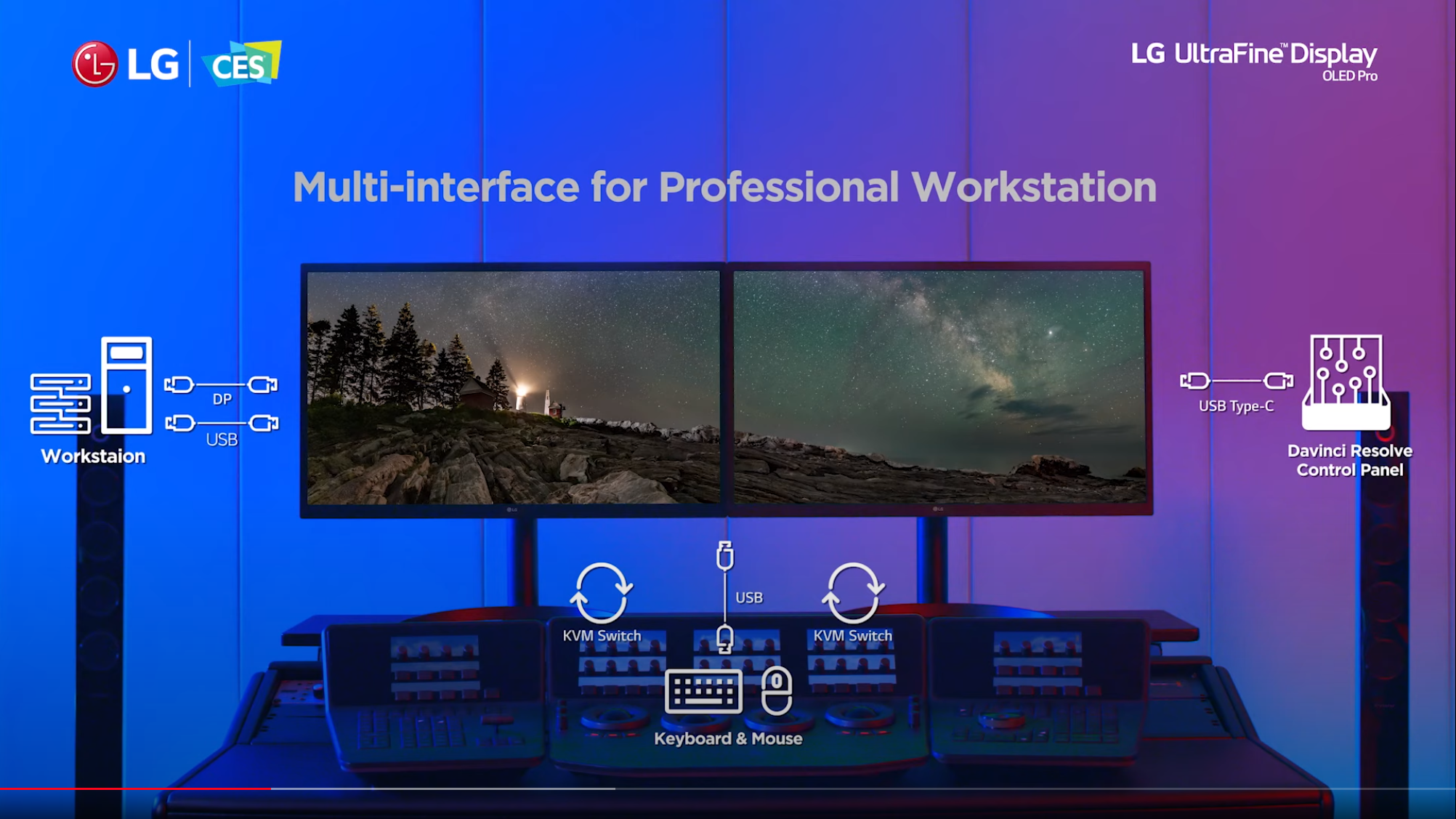
Round back, the OLED Pro sports up-to-the-minute connectivity, including a USB-C connection with 90W Power Delivery, 2x Display Port, 1x HDMI, 3 additional USB ports and there's a KVM (keyboard, video & mouse) switch.
Get the Digital Camera World Newsletter
The best camera deals, reviews, product advice, and unmissable photography news, direct to your inbox!
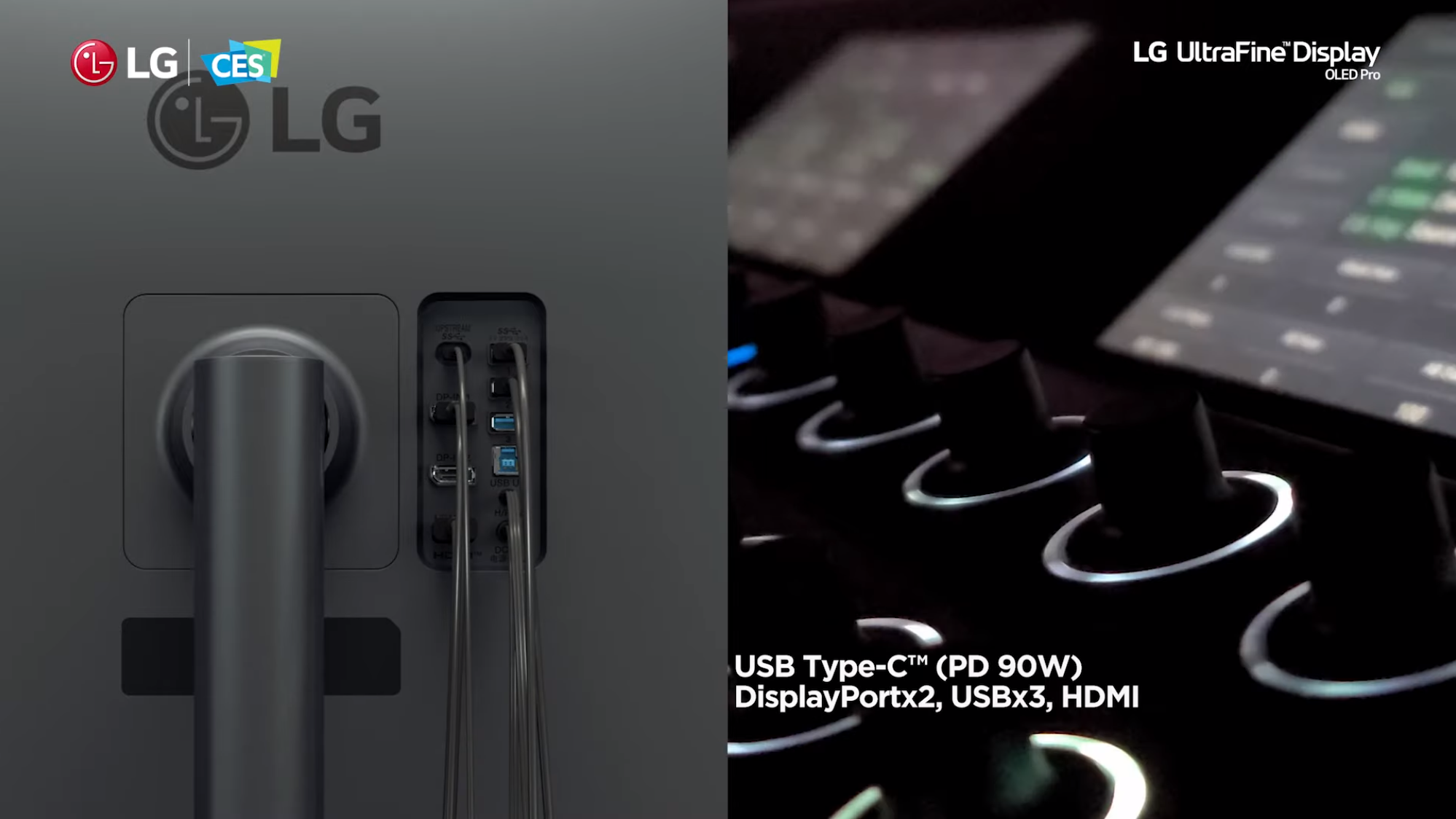
We're still awaiting official pricing and a date for retail availability.
Read more:
The best monitors for video editing
Ben is the Imaging Labs manager, responsible for all the testing on Digital Camera World and across the entire photography portfolio at Future. Whether he's in the lab testing the sharpness of new lenses, the resolution of the latest image sensors, the zoom range of monster bridge cameras or even the latest camera phones, Ben is our go-to guy for technical insight. He's also the team's man-at-arms when it comes to camera bags, filters, memory cards, and all manner of camera accessories – his lab is a bit like the Batcave of photography! With years of experience trialling and testing kit, he's a human encyclopedia of benchmarks when it comes to recommending the best buys.

